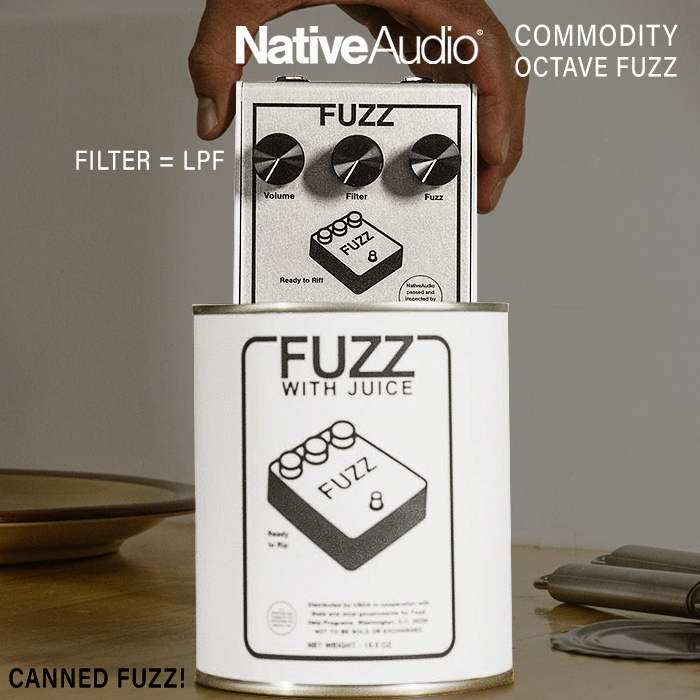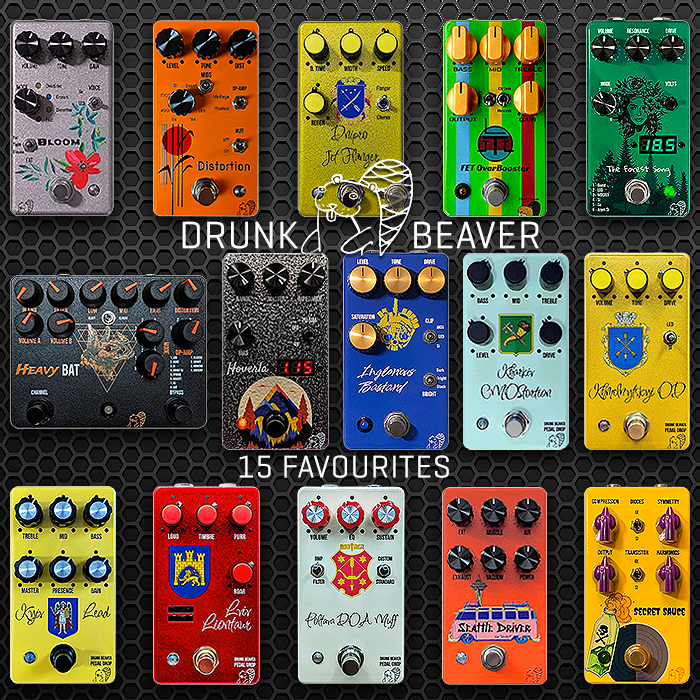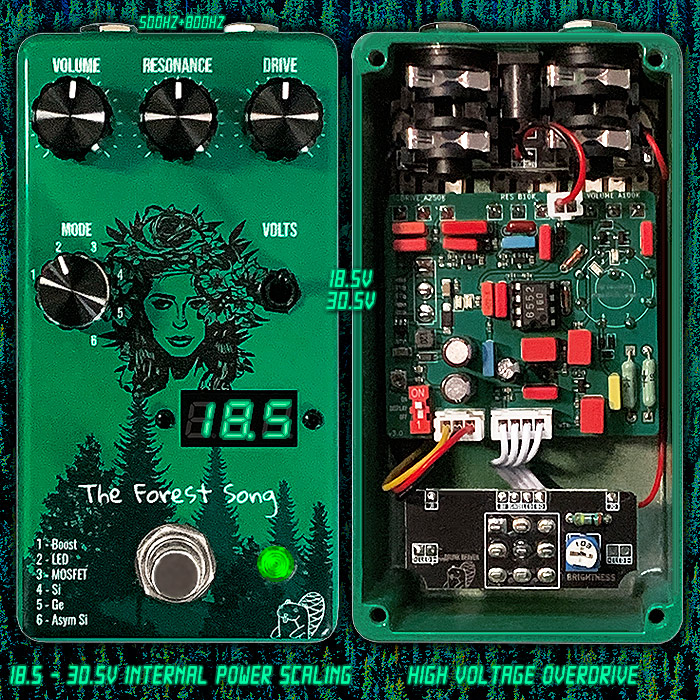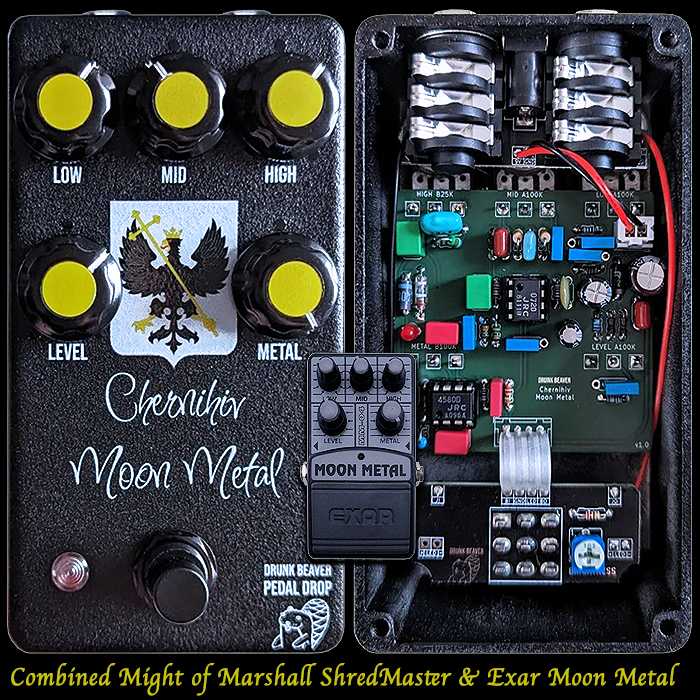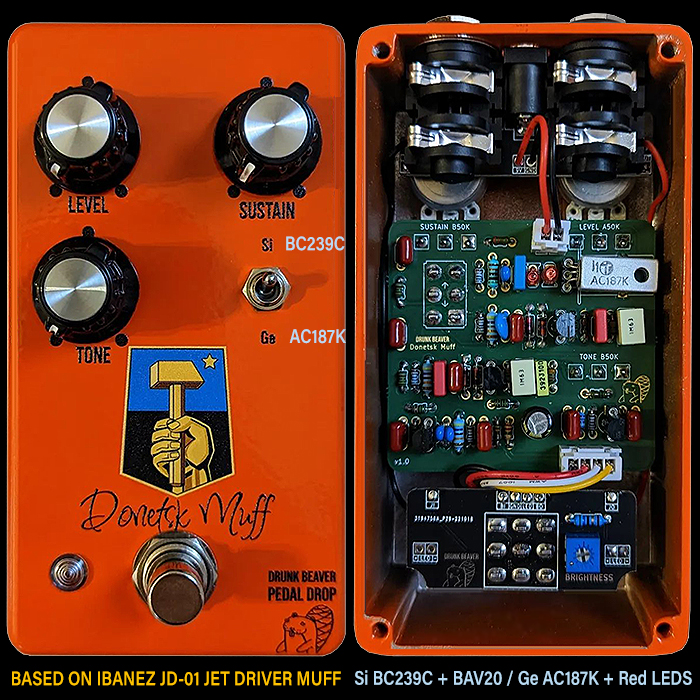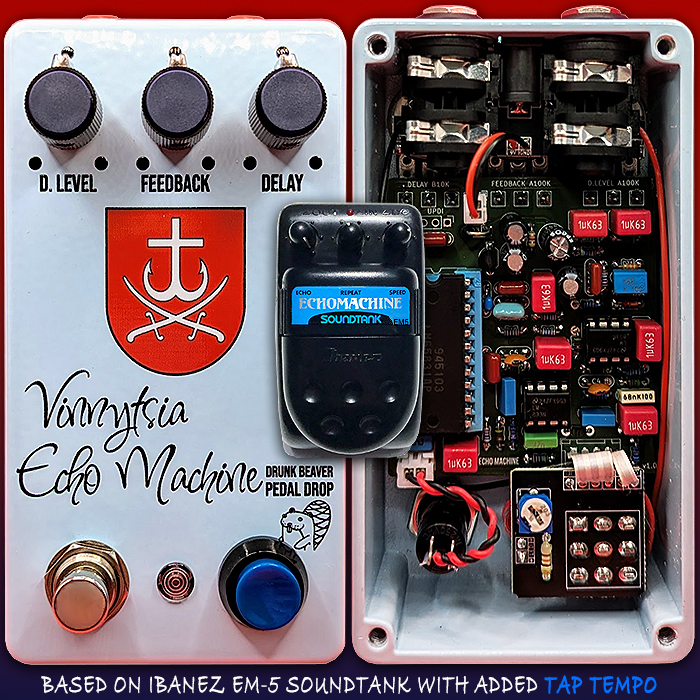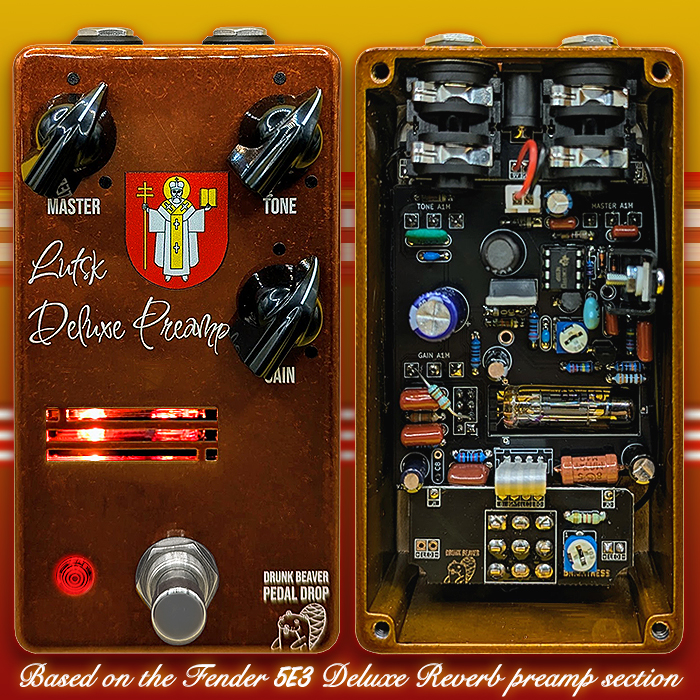Drunk Beaver's Hoverla is a fantastic sounding Vintage NOS Germanium Transistor Treble Booster with some really cool modern features

I’m a little late with this as I had to wait for mine to arrive - and all of batch 1 was sold out before mine landed! So the plan was for this article to go live when batch 2 was ready - and you should grab one while you can - these will go really fast - they’re priced to be snapped up very quickly ($150).
The Hoverla is a little similar to the 10th Pedal Drop Sumy - which was Germanium also, while the Hoverla has a different Pickup Simulator Transformer (with hotter 2.5H inductance), and where its external bias is wired as a gain control.
The Hoverla’s Bias knob works in tandem with its LED voltmeter display, showing transistor bias voltage - along the range of 3.15 to 0.63V on my unit. While the voltmeter can fluctuate a touch - and you will get slightly different ranges and readings appearing on individual pedals. It’s kind of in reverse to my way of thinking - and the opposite of the Silktone Germanium Fuzz - which deploys a similar system for a Fuzz Face style circuit. On the Silktone the Voltage sweeps upwards - while for the Hoveral the sweep is from High to Low - in the Clockwise direction.
The single Soviet transistors used onboard have excellent harmonics - but are not particularly high gain. On some Treble Boosters / RangeMasters you can get properly into Fuzz territory - while for the Hoverla it hovers more around Fuzzy-Drive and Proto-Fuzz tones. On the Sumy we had a Π29 or Π416B type Soviet Germanium Transistor fitted, and on my Hoverla - the one in place is a Π402!
The first Range knob control essentially sets the Frequency Focus - and which Frequency Cluster you accentuate - obviously full Treble Booster is achieved fully clockwise - and Low-end accentuating on the opposite end of the scale. I mostly like a little Mids / Upper Mids push - which means my Range dial mostly sits around 3 o’c.
The Master is the output level - and I typically have that cranked - while the Impedance control only comes into effect when the PU SIM is switched ON - otherwise it does nothing. I actually prefer the pedal with the PU SIM off - as even with the Impedance on Max with PU SIM on - it sounds slightly muted compared to the more vibrant and open PU OFF setting. The PU SIM obviously allows you to place the pedal more freely within your chain - but these are really at their best near the start!
The most impactful use of the pedal is as a tone-enhancing boost - where it does magnificent things to near enough every fuzz and gain pedal it comes before - making them sound more open and vibrant and more harmonic. There are largely 2 typical varieties of Treble Boosters - those that sound better on their own - as more of a stand-alone more subtle fuzz and fuzzy-drive type thing - and others that sound better when on boost duties. Of course there is plenty of overlap - and there is the odd one that straddles both domains very well. The Hoverla does have a decent stand-alone voicing and timbre - while I feel its real strength is being deployed as a tone-enhancing Treble- and Mid Booster!
Controls - Range, Master, Impedance (for Pickup Simulator), Pickup Simulator Off / On, Bias, Bias Volage Display (3.15 > 0.63).
Preferred Settings : Range @ 3 o’c, Master @ Max, Impedance : N/A, Bias @ FCCW, Bias Volage Reading : c. 304.
Batch 2 of the Hoverla Treble Booster is live on the Drunk Beaver Webstore right now - but you need to be very quick to snap one up! The price of admission is just $150 plus shipping!

Demos
















